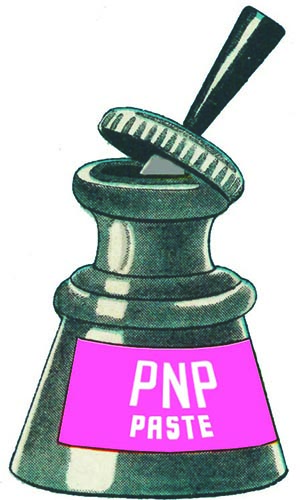I have a street address, but I like to think that a much more accurate way to describe my house is that it’s underneath the 16R/34L flight path at Sydney Airport. Across the city, not too far away, two runways extend imaginary lines for take-offs and final approaches: the pilot of every jet landing has to follow these lines on her instruments, lines of descending ‘glide’ path somewhere between three and six degrees. When the wind is in the south, jets shake my windows about every two or three minutes, flaps and gear down, turbofans hissing and shrieking to maintain a constant speed. Wheee-whooo. The Doppler shift in pitch as the airliner passes overhead is the signature sound of the inner west, and it deserves heritage protection.
There have been forty years or more of proposals for a second Sydney airport. Largely they’re to absorb the growing demand for flying, but there’s always been the secondary proposal to reduce or eliminate noise over affected suburbs. In the 1990s the No Aircraft Noise Party wrote itself into influence across ballot papers in inner Sydney. Its policies and support base have largely been absorbed by the Greens but the political issue endures: some people dislike the noise. The appeal of eternal high speed rail proposals is that they’d reduce over-urban flying. What will become of the flight path in a future city?
A flight path is really just an air corridor; a set of imaginary lines on a map. You can’t see them, but pilots and controllers defy them at their peril. Like any artificial structure, air corridors can—must—have history and heritage. Some of them are famous: the Concorde, for instance, had its own gigantic Atlantic corridor, high and wide, to clear the rest of the crowded traffic. QANTAS’s QF1 and QF2 were originally marketed as the ‘Kangaroo Route’, named like a 19th century steamship or clipper line. Air corridors are even sites of war memory, as in the case of the 1946 Berlin Airlift: there are medals and memorials for the pilots and controllers of freight planes who simply flew, day after day, down a strictly regulated set of lines through East German airspace. There’s a beach, Kitty Hawk, in North Carolina, famous for nothing else but a few sputtering flights under 100 metres high made in the first decade of the 20th century.
Now 16R/34L YSSY is hardly as romantic or significant as any of those examples. My street is hardly a Parisian boulevard or a medieval Prague alley, though, either. Heritage comes in levels of significance and memory and importance is contextual. ‘The birds of the inner west’, as Tim Rogers called the jets, give my suburb its noise character and a common reference in the sky. Not only should it not be replaced by any second airport, the flight path should be conserved as a heritage artefact of Sydney’s twentieth century aviation history.
LIAM HOGAN, SYDNEY
